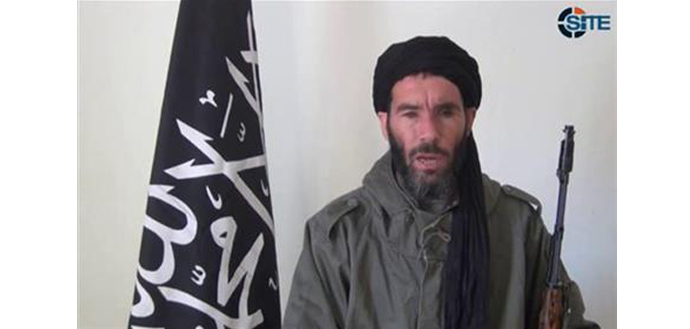On May 29, Alberto Nisman, the Argentine prosecutor who investigated the 1994 AMIA bombing, issued a 500-page indictment that accused Iran of establishing terror networks throughout Latin America since the 1980s. The Iranian regime infiltrated “several South American countries by building local clandestine intelligence stations designed to sponsor, foster and execute terrorist attacks, within the principles to export the Islamic revolution,” a two-page summary of the report obtained by The Long War Journal stated.
In a 31-page summary report obtained by The Long War Journal, Nisman said that Iran’s “clandestine intelligence stations and operative agents … are used to execute terrorist attacks when the Iranian regime decides so, both directly or through its proxy, the terrorist organization Hezbollah.” Nisman also warned that Iran could seek to use sleeper cells. While presenting the indictment on May 29, Nisman reportedly said that members of the sleeper cells “[s]ometimes … die having never received the order to attack.”
Iran has set up intelligence bases in a number of South American countries, according to Nisman, including, but not limited to: Brazil, Paraguay, Uruguay, Chile, Colombia, Guyana, Trinidad and Tobago, and Suriname. Nisman, the summary stated, plans to send his indictment “to the pertinent judicial authorities” in the various countries. A copy of the indictment is also being sent to US authorities.
